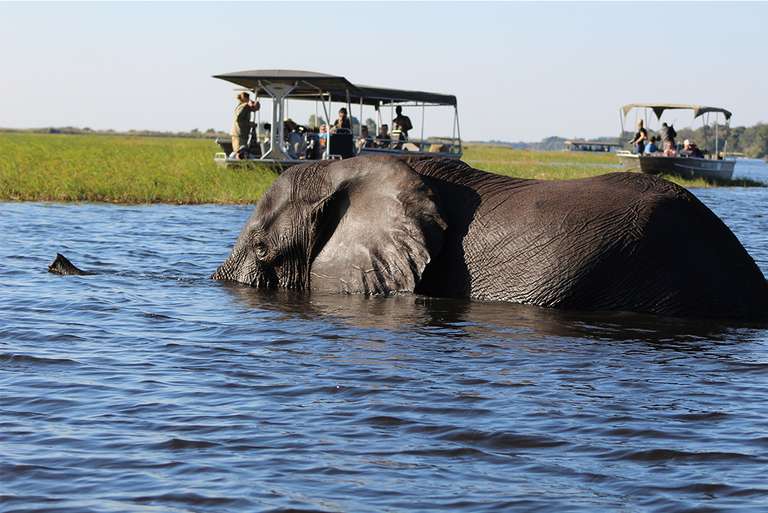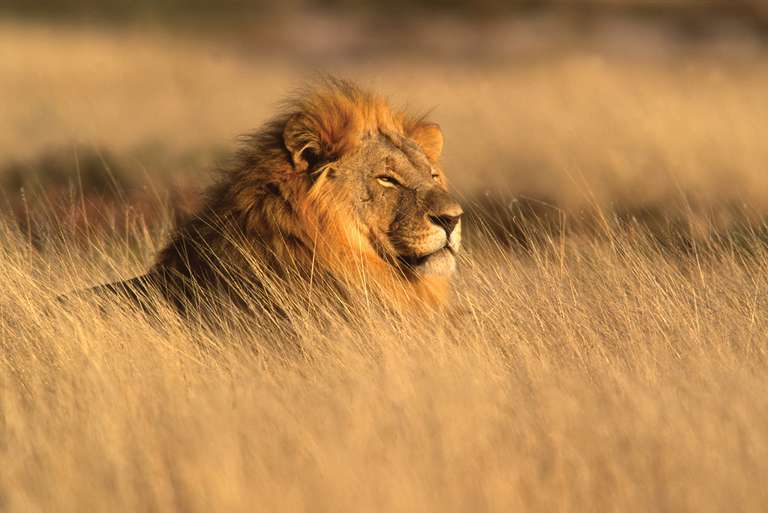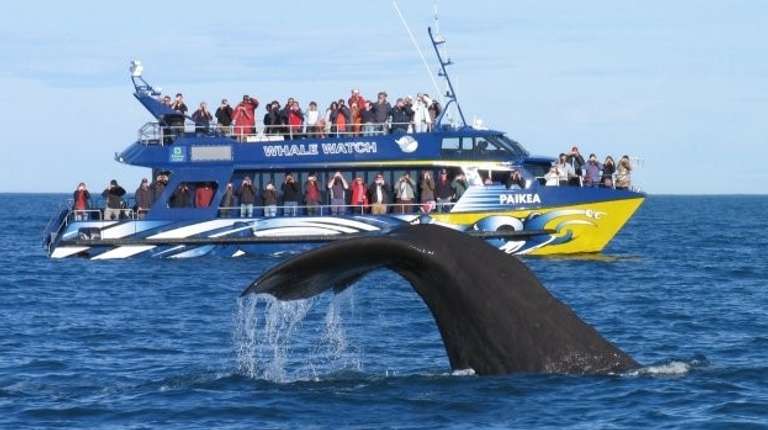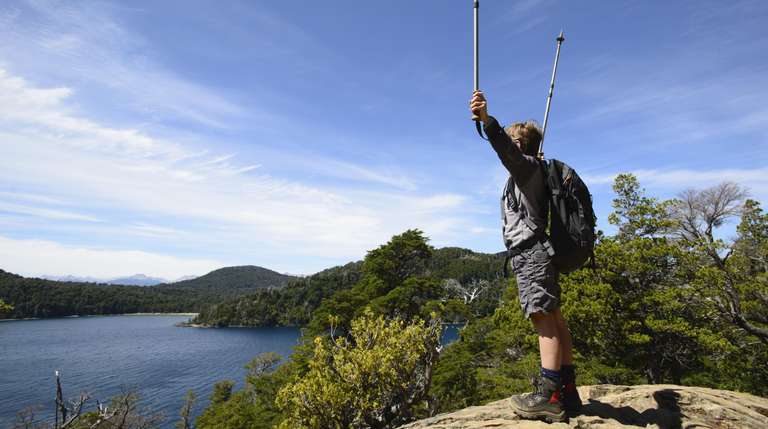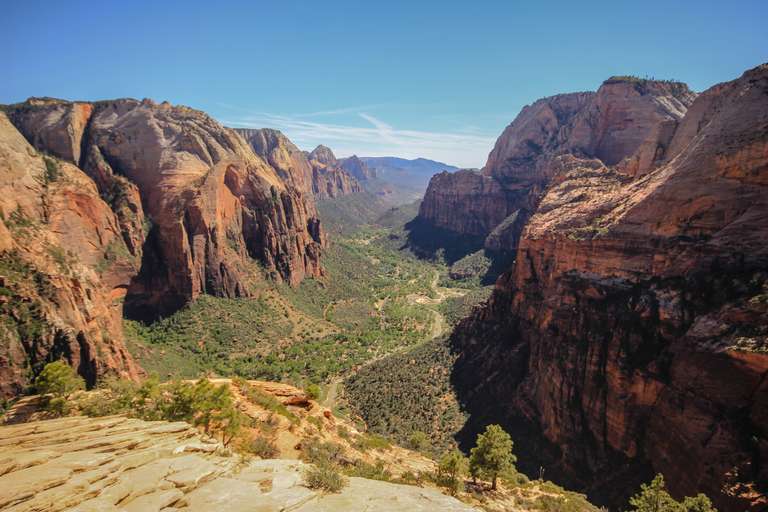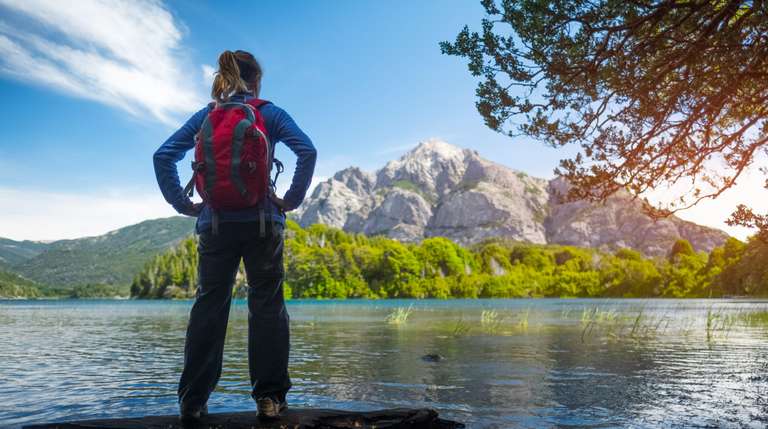The Garden Route in South Africa: The Ultimate Road Trip Guide

- Michael O
- From
- Michael O
- From
- Maria B
- From
- Sean K
- From
Garden Route Road Trip Facts
| Start/End Location: | Port Elizabeth (the Eastern Cape) to the Mossel Bay (the Western Cape), or vice versa. |
| Distance: | 300 kilometers |
| Length of Time: | Recommended self-drive tours start at 3 days and range up to 14 days. It all depends on how much time you have and how many stops you want to make. |
| Best time to go: | Summer (November – March) has the warmest weather and is the most popular time to visit. To beat the Christmas holiday crowds, we recommend visiting in late summer/early fall, between February and April. Spring (September to October) on the other hand offers fantastic opportunities for whale watching. |

The Garden Route Road Trip Recommended Itinerary – 5 days
There are dozens of sights, activities, and standard pit stops along this route. The itinerary really depends on how much time you have and what you want to do.
It’s also worth noting, that while a Cape Town tour is not technically on the Garden Route (it ends well before that in Mossel Bay), most tours will use the start or endpoint as Cape Town. This is because Cape Town is a more convenient place to start/end tours in than Mossel Bay, and the city, in its own right, is also one of the top attractions in any South Africa tour.
Below you can check out a recommended Garden Route self-drive itinerary for 5 days, including all the highlights and can’t miss attractions. Cape Town is the endpoint for this tour.
Day 1: Port Elizabeth to Knysna

Travel through the Tsitsikamma Forest and along the coast to the seaside town of Knysna. There are plenty of viewpoints and scenic stops to make along the way. Keurboomstrand, a small holiday town with a chilled-out vibe, is perfect for leisurely strolls on the long beach that stretches all the way to Plettenberg Bay. This bay is also worth a stop for the lively beach atmosphere, water sport activities, nature reserves, and hiking trails.
Carry on another 30 kilometers and stay the night in Knysna.
Day 2: Knysna to Oudtshoorn

A boat cruise on the Knysna Lagoon is recommended. Highlights include views of the sandstone “Heads” that guard the lagoon’s entrance and the pristine beaches and forests that lay just beyond. Visit the Featherbed Nature Reserve, offering nature walks along the coast, through the forests and fynbos (shrubs and vegetation native to South Africa), with an exploration of ancient sea caves. There’s also the option of hiking to view the “Heads” up close and personal, which will elongate the itinerary.
The next portion of the road takes visitors through the mountainous Outeniqua Pass. The twists and turns keep drivers on their toes and the views over the ocean framed by endless mountains are nothing short of incredible.
Arrive in Oudtshoorn, named the Feather Capital of the World due to South Africa’s ostrich farming industry being centered here. Take an ostrich farm safari to view these interesting birds and learn about their relevance in South Africa. Stay the night in Oudtshoorn.
Day 3: Oudtshoorn to Struisbaai


Tour the Cango Caves, the oldest tourist attraction in the country. The stunning natural wonder is located in the limestone cliffs parallel to the Swartberg Mountains, just outside of Oudtshoorn.
These caves are some of the finest examples of dripstone caverns, with spacious rooms and gigantic limestone formations. Tours of varying degrees are available. There are beginner level tours as well as advanced “adventurous” tours, but they must be booked in advance as there are only a certain number of visitors allowed per day.
After the caves, stop in Mossel Bay. This charming port town of 130,000 is exactly halfway between Port Elizabeth and Cape Town. Enjoy the 60 kilometers of beaches, multiple hiking trails with gorgeous views, whale watching (depends on the season), and historical sites like the Post Office Tree or the Diaz Museum. Seeking something more relaxing? Wine tasting, golfing, and shopping are also available here.
After a full day of exploring, continue to Struisbaai, where you can spend the night.
Day 4: Agulhas to Hermanus
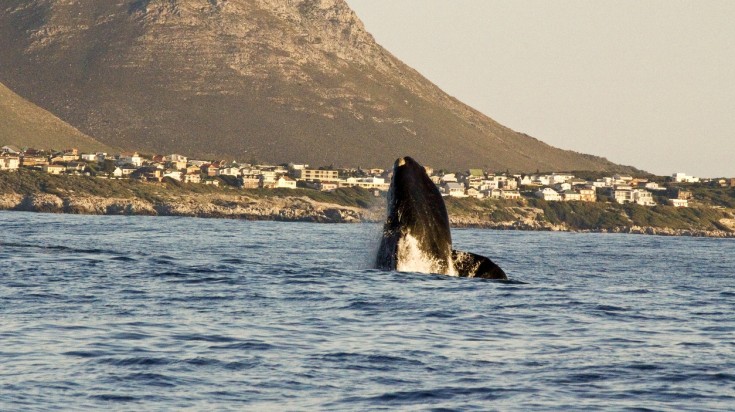

Just a few miles west of Struisbaai is Agulhas, the southern most tip of Africa. Here you can visit the Cape Agulhas Lighthouse, the third oldest in South Africa and the second oldest still in use today. You can go to the top of the lighthouse and enjoy some excellent view of the sea and the surrounding coastal area. From here, drive inland to Napier, looping back around to the coastal city of Gansbaai. This is the place to go Great White Shark cage diving, if you dare!
Drive along Walker Bay to the town of Hermanus. This town is known as the Whale Capital, as it is a great place to do some whale watching (again, your luck of spotting these gentle beasts is greater during winter and spring season).
An alternative to whale watching is the Fernkloof Nature Reserve, a beautiful area with plenty of flora, fauna, and walking trails with a stunning view of Walker Bay.
Stay in Hermanus for the night.
Day 5: Hermanus to Cape Town
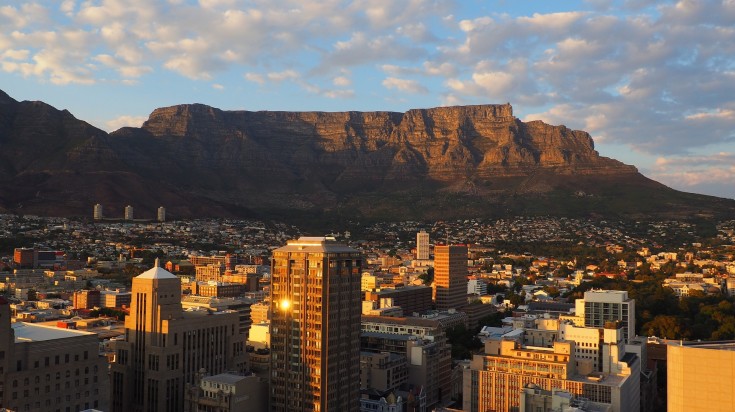
Believe it or not, the final stretch has some of the best vistas! Travel through multiple nature reserves and mountain ranges, before coming out to the coastal area of False Bay.
Drive around the bay and you’ll arrive in Cape Town. “The Mother City” is located on the shores of Table Bay with the stunning Table Mountain, Lion’s Head and Devil’s Peak creating the city’s backdrop.
Alternate Garden Route Itinerary
It makes no difference if you tour the Garden Route from east to west or west to east. Some itineraries have you spending a few days in Cape Town before setting off on the drive or after you’ve completed it. This is recommended because it allows more time to explore Cape Town, which has many famous attractions of its own.
One way you can change up the itinerary (and if you have the extra time) is by including the most famous trek on the Garden Route – The Otter Trail.
The Otter Trail picks up about 70 kilometers east of Plettenberg Bay, about 200 kilometers from Port Elizabeth. The trail is a 5 day, 4 night trek through the Tsitsikamma Forest, starting at the mouth of the Storm River and finishing at the Groot River in Nature’s Valley. The total distance is 43 kilometers.
The Otter’s biggest claim to fame is its ability to combine both dense wilderness and forests with breathtaking coastal views. During the trek, you’ll spot many different types of birds and wildlife as well as waterfalls, rivers, and naturally-formed rock pools.
Note: The Otter Trail is not allowable for children younger than 12 or adults over 65 to participate in this hike due to its physical demands.
Recommended Transportation

If you want to explore the Garden Route at your own pace and make stops when you want, renting a car or a motorcycle is the way to make a memorable trip. However, if you do not have the time, resources or skill to navigate the long journey, there are many guided Garden Route tours that are very good. When chosen wisely, depending on what places you really want to see, a guided tour can make for a hassle-free, relaxed and enjoyable trip.
Good to Know
- Buy a local SIM card so you can always have access to your phone and GPS.
- Buy a South African plug adaptor so you can charge your necessary electronics (3 pin plug) anywhere, anytime.
- The Garden Route has many tourists and therefore is very safe to travel. However, to avoid any potential risk, do avoid walking the back roads at night.
- Stay clear of street food in South Africa – you could risk illness by eating from one of these stalls.
- Stay hydrated! The African sun is hot. Only drink bottled water, unless you can filter or purify the tap water.
- Check with your doctor regarding any vaccinations before you go!
- Read the car rental agreement carefully before making any commitments. Be sure to speak to the rental car company about what to do in case of a car breakdown. They can provide you with the numbers to call and how they will assist you.
- Gas stations are plentiful with developed towns every 45 kilometers or so along the route.
The Garden Route should be on every adventurer’s bucket list. The world-class vistas and nature reserves will keep the naturalists happy, while the opportunity for heart pumping scuba diving and water sport activities will keep the adrenaline junkies enthralled. There’s always more to do and see, which is why people often return to repeat this epic road trip. This should be on your list of things to do while you are in Garden Route National Park. Check out all the things to do in Garden Route.
For more exciting itineraries and travel tips, check out our article on how many days to spend in South Africa. Get in touch with our South Africa travel experts today if you want professional advice on a custom trip to South Africa.
For a seasonal overview, see our article on the best time to visit South Africa.


